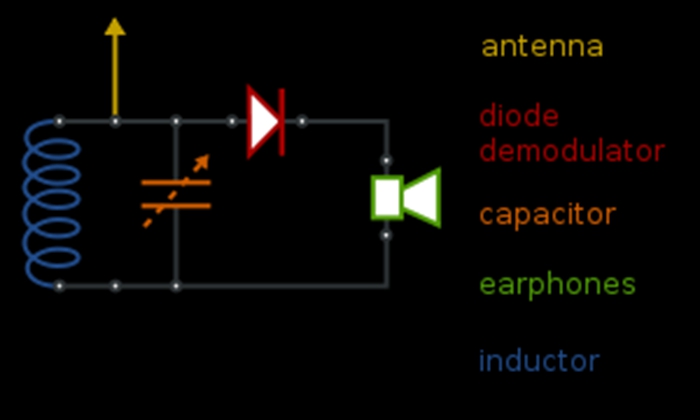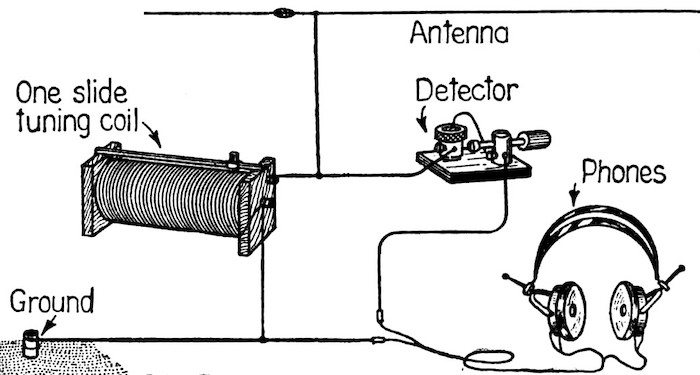Products Category
- FM Transmitter
- 0-50w 50w-1000w 2kw-10kw 10kw+
- TV Transmitter
- 0-50w 50-1kw 2kw-10kw
- FM Antenna
- TV Antenna
- Antenna Accessory
- Cable Connector Power Splitter Dummy Load
- RF Transistor
- Power Supply
- Audio Equipments
- DTV Front End Equipment
- Link System
- STL system Microwave Link system
- FM Radio
- Power Meter
- Other Products
- Special for Coronavirus
Products Tags
Fmuser Sites
- es.fmuser.net
- it.fmuser.net
- fr.fmuser.net
- de.fmuser.net
- af.fmuser.net ->Afrikaans
- sq.fmuser.net ->Albanian
- ar.fmuser.net ->Arabic
- hy.fmuser.net ->Armenian
- az.fmuser.net ->Azerbaijani
- eu.fmuser.net ->Basque
- be.fmuser.net ->Belarusian
- bg.fmuser.net ->Bulgarian
- ca.fmuser.net ->Catalan
- zh-CN.fmuser.net ->Chinese (Simplified)
- zh-TW.fmuser.net ->Chinese (Traditional)
- hr.fmuser.net ->Croatian
- cs.fmuser.net ->Czech
- da.fmuser.net ->Danish
- nl.fmuser.net ->Dutch
- et.fmuser.net ->Estonian
- tl.fmuser.net ->Filipino
- fi.fmuser.net ->Finnish
- fr.fmuser.net ->French
- gl.fmuser.net ->Galician
- ka.fmuser.net ->Georgian
- de.fmuser.net ->German
- el.fmuser.net ->Greek
- ht.fmuser.net ->Haitian Creole
- iw.fmuser.net ->Hebrew
- hi.fmuser.net ->Hindi
- hu.fmuser.net ->Hungarian
- is.fmuser.net ->Icelandic
- id.fmuser.net ->Indonesian
- ga.fmuser.net ->Irish
- it.fmuser.net ->Italian
- ja.fmuser.net ->Japanese
- ko.fmuser.net ->Korean
- lv.fmuser.net ->Latvian
- lt.fmuser.net ->Lithuanian
- mk.fmuser.net ->Macedonian
- ms.fmuser.net ->Malay
- mt.fmuser.net ->Maltese
- no.fmuser.net ->Norwegian
- fa.fmuser.net ->Persian
- pl.fmuser.net ->Polish
- pt.fmuser.net ->Portuguese
- ro.fmuser.net ->Romanian
- ru.fmuser.net ->Russian
- sr.fmuser.net ->Serbian
- sk.fmuser.net ->Slovak
- sl.fmuser.net ->Slovenian
- es.fmuser.net ->Spanish
- sw.fmuser.net ->Swahili
- sv.fmuser.net ->Swedish
- th.fmuser.net ->Thai
- tr.fmuser.net ->Turkish
- uk.fmuser.net ->Ukrainian
- ur.fmuser.net ->Urdu
- vi.fmuser.net ->Vietnamese
- cy.fmuser.net ->Welsh
- yi.fmuser.net ->Yiddish
Crystal Radios, AM Transmitters Good Prep for Amateur License
Building a crystal radio and an AM transmitter are fun and serve as a great introduction to amateur radio DIY projects and maybe a license.
One of the challenging aspects of the coronavirus COVID-19 crisis is the time spent at home in quarantine. For those with a Do-It-Yourself (DIY) bend, this might be the perfect time to build a fairly inexpensive crystal radio. Complementing that build is the construction of a simple AM broadcast station to allow you and your family to both listen and transmit to the radio.

Crystal radios have been around since the early 1900’s. A crystal radio or crystal set is a simple AM radio receiver based upon a detector that was originally made from a piece of crystalline mineral such as galena. This component is now called a diode.
A crystal radio needs no external power as it runs on the power of the received radio signal to produce sound. A long wire antenna gathers enough of the radio signals from nearby transmitters to power the diode, which helps to demodulate the signals, and plays them as sound through an earphone or small headset.
Perhaps the most challenging part of making the radio is physically winding the coil, which usually consists of 100 turns or more of small-gauge magnet wire wrapped around a non-conductive tube like an empty roll of toilet paper. The coil is an essential part of the radio’s tuning circuit. In the earliest circuits, there was no tuning capacitor. Rather, the inherent capacitance of the antenna formed the turned circuit with the coil.

For the crystal radio to pick up a signal of sufficient strength, you must be close to an AM transmitting station – no more than 10 to 20 miles away. The antenna should be a long piece (20 feet or more) of wire that is not coiled up.
One way to make sure you are close enough to an AM station is to build one. It’s only a bit more involved than making a crystal radio and several sites provide clear project descriptions such as Instructables, MakeRF and others found from a quick search on the Internet.
Building a crystal radio and an AM station transmitter will put to well on your way to understanding the basic of amateur radio systems. With a bit more effort, you’ll be able to pass the entry-level ham radio test and achieve a FCC license. Then, you’ll be set to participate in the ARRL Field Day event, always held in the fourth week of June.
As explained on the official ham radio ARRL website, Field Day is ham radio's open house. “Every June, more than 40,000 hams throughout North America set up temporary transmitting stations in public places to demonstrate ham radio's science, skill and service to our communities and our nation. It combines public service, emergency preparedness, community outreach, and technical skills all in a single event. Field Day has been an annual event since 1933 and remains the most popular event in ham radio.”

